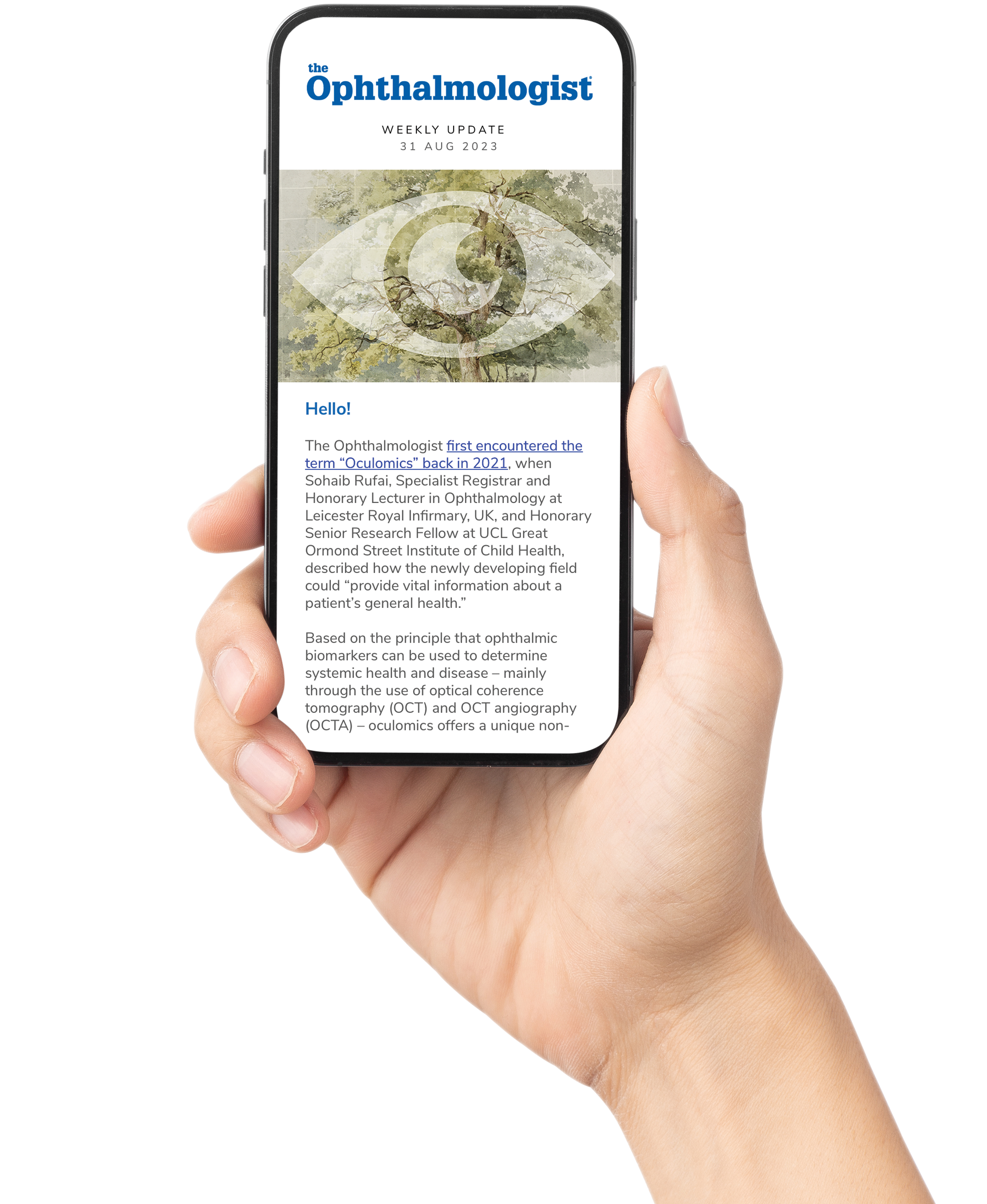Strabismus is a complex eye condition that affects both adults and children, causing the eyes to be misaligned. Beyond its physical implications, the psychosocial impact can be profound. Commonly referred to as a "squint," strabismus remains an under-supported visual impairment. To help address this, I co-founded the Strabismus Support Project with Dr. Silvia Riva (Associate Professor of Psychology, St. Mary's University, London) and Professor Saurabh Jain (Professor of Ophthalmology, UCL Medical School, London).
Through the Strabismus Support website, I was recently contacted by Olarewaju Uka, who shared a troubling interaction he had experienced with OpenAI’s ChatGPT.
Olarewaju, who lives with exotropia – a type of strabismus where one or both eyes turn outward – showed me a selfie he had taken on his phone (see Image 1).

He then described how he attempted to create a more “professional-looking” headshot by uploading this selfie into ChatGPT. Using simple prompts, he asked the system to generate a polished version of his portrait (see Image 2).

The result was alarming: ChatGPT had erased all visible signs of Olarewaju’s strabismus, presenting an image of him that looked like an entirely different person.
“The experience has shown me that ChatGPT does not accurately identify how to visually represent a human who has strabismus,” Olarewaju told me. “It made me feel that strabismus, in my opinion, is known theoretically, but is unknown psychosocially and how it affects a human in real life.”
As someone who has suffered with strabismus, I share Olarewaju’s concern. Both of us believe OpenAI should investigate why its system automatically “corrected” his appearance – and ensure this type of bias is eliminated in future iterations. We would be happy to discuss this with OpenAI.
Co-founder of the Strabismus Support Project and a leading expert in the eye disorder, Professor Saurabh Jain, shared his own thoughts on Olarewaju’s experience, and why ChatGPT might have acted in the way it did: “I think this is quite a unique issue – one we probably wouldn’t even have recognized if this incident hadn’t happened,” he said. “There are several reasons why it could have occurred. Research shows that having a visible squint can be a real barrier – not just to employment, but also to forming relationships, or even to something as simple as being invited to birthday parties as a child. [And so] it’s possible the AI tool, when generating a professional image for recruitment purposes, tried to ‘correct’ this in order to boost his chances of being employed.”
However, Professor Jain goes on to note that of course this type of bias – although unfortunately a common occurrence – is completely unethical. “As humans, we are often wired to interpret misaligned eyes as a sign of something being ‘off’ – whether illness, dishonesty, or even lower intelligence,” he added. “These harmful stereotypes have been reinforced for years through literature, media, television, and film. That’s why it’s so important to challenge and call out this stigma whenever it arises. Only then can people be sure of having access to the same quality of care and opportunities, no matter who they are.”
OpenAI has yet to respond to requests for comment. It remains unclear whether the change was the result of an algorithmic oversight or an intentional design choice. What is clear is that the incident exposes a troubling bias – one that risks compounding the stigma already experienced by people with strabismus.
Strabismus sufferers deserve accurate representation and respect. Incidents like this only go to highlight why we created the Strabismus Support Project in the first place: to raise awareness, challenge harmful stereotypes, and ensure that people with strabismus are afforded the dignity and equality they deserve.
